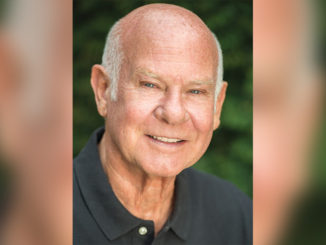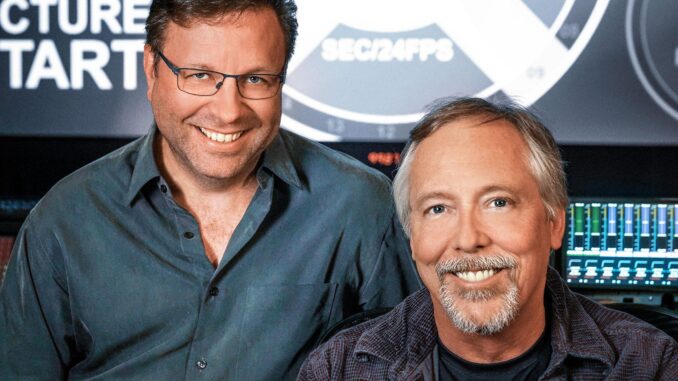
by Mel Lambert
Once again, the Academy Awards nominees in the Best Sound Mixing category cover a wide cross section of offerings — from a hearing-challenged getaway driver to a family squabble across multiple dimensions, through a revisited dystopian vision, a WWII maritime rescue mission and an inter-species love affair.
To secure creative insight from the teams that developed these innovative soundtracks, CineMontage reached out to Julian Slater, CAS, and Tim Cavagin, who are nominated for Baby Driver (together with production mixer Mary H. Ellis); Ron Bartlett and Douglas Hephill, CAS, for Blade Runner 2049 (with Mac Ruth); Gregg Landaker and Gary A. Rizzo, CAS, for Dunkirk (with Mark Weingarten); Christian Cooke and Brad Zoern for The Shape of Water (with Glen Gauthier); and Ren Klyce, David Parker and Michael Semanick for Star Wars: The Last Jedi (with Stuart Wilson). In an Academy first, all five films also were nominated in the Best Sound Editing Oscar category, with both Slater and Klyce under consideration as well for the latter category. Several of these films also received BAFTA nominations for Best Sound.
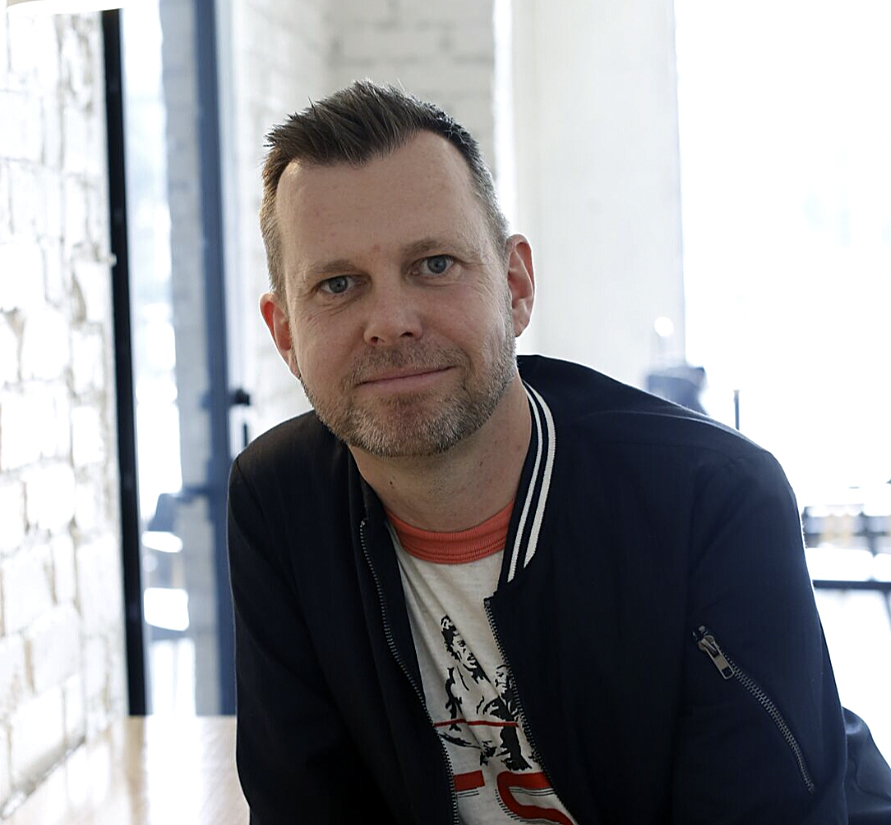
Supervising sound editor and music/effects re-recording mixer Slater recalls that he faced multiple challenges while working on the soundtrack for writer/director Edgar Wright’s Baby Driver, centered on the use of pre-existing music to choreograph the film’s complex narrative arcs. “Normally, a musical score is written to work with the edited visuals; for Baby Driver we had existing tunes that defined the film’s progress,” Slater explains. “The Damned’s song, ‘Neat, Neat, Neat,’ at full volume is not a pleasant sound; blending it with dialogue and sound effects was a major challenge. The same for Queen’s ‘Brighton Rock,’ which is another aggressive song.“We needed to up-mix all of those stereo tracks to 9.1-channel for the Dolby Atmos bed,” he comtinues. “And then effectively re-master each of them with EQ and dynamics — maybe using iZotope plug-ins to clean up noise and hum on the older 1960s songs — so that they worked on the soundtrack.” The film’s eponymous hero suffers from aggressive tinnitus, which he blocks with pop music played at elevated levels in his ear buds.
The second stage, according to Slater, involved layering these tracks in tempo, and synchronizing them to the filmed action. “That had to be subtle, and not too overt,” he says. “We listened to each track over and over again to ensure that the music did not alienate the movie audiences; that it became too loud or aggressive and turned them away from the film. It was a delicate balancing act. The music cannot be too loud and not too bombastic. The audience needs to understand the important role that music plays in the lead character’s life and what tinnitus is doing to him.” Baby Driver marks the first time that both Slater and his co-mixer have been nominated for an Oscar.
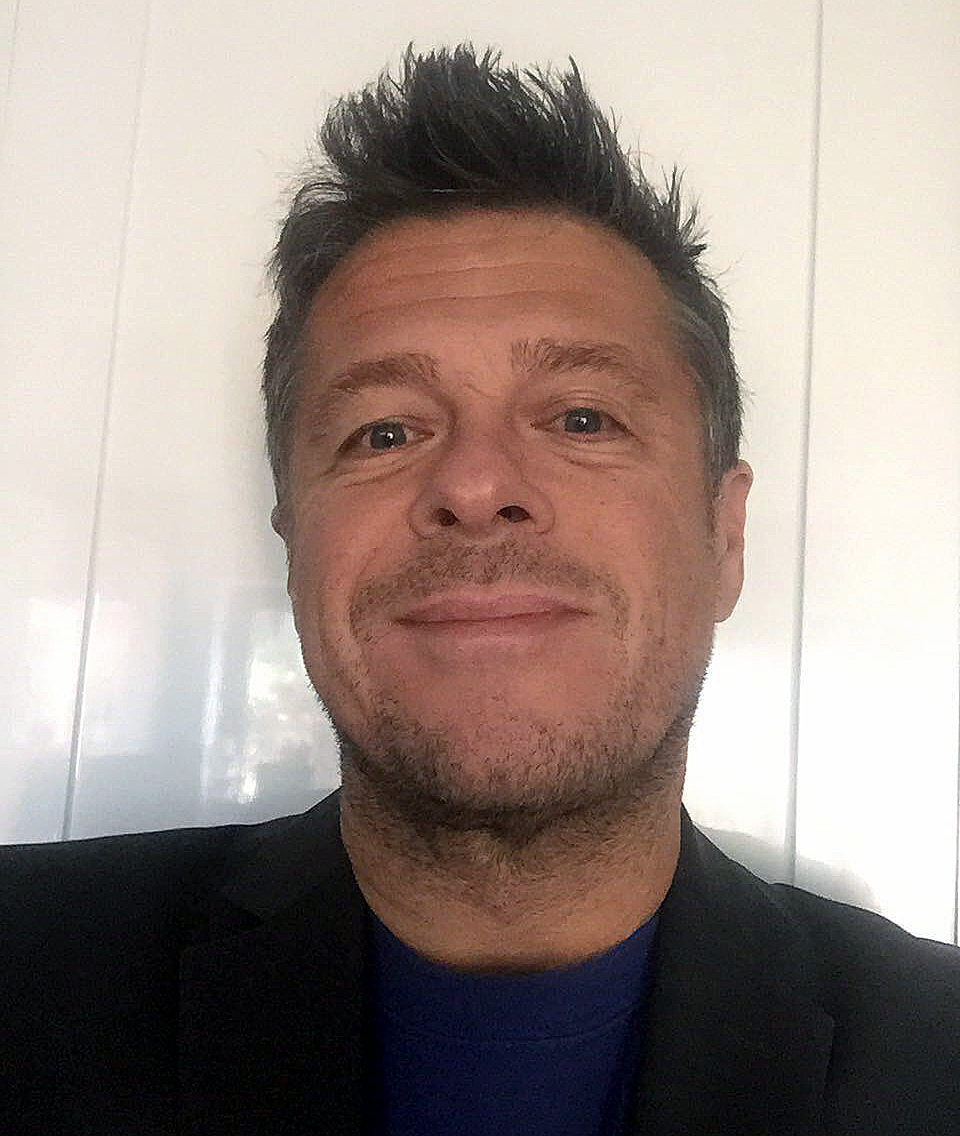
Dialogue/ADR re-recording mixer Cavagin recalls pre-mixing the soundtrack at the UK’s Twickenham TWI Studios in Richmond, west of London, while Slater handled music and effects pre-dubs at Goldcrest Films in the heart of that city’s Soho film district. The project then moved to Goldcrest for the final Atmos immersive-format mixes. “While mixing dialogue and Foley, I was always aware that both were going to be playing against pretty much the constant narrative of music, which switches between a full score-like presence to a more diegetic presence throughout,” explains Cavagin. “To save time in the final mix, I was being constantly updated with Julian’s music and effects pre-mixes so that I could balance my pre-mixes with regards to source perspective. I also ensured that the Foley worked well with the syncopated and percussive FX that Julian had mixed and re-pitched to work with the music.”
Accurate panning also was critical. “Because in Atmos you can pretty much pan sound elements anywhere you like, every day we would send each other our panning data, and then copy any moves so that they perfectly complemented one other,” Cavagin says. “Julian would then weave his music and FX around what I’d done, making sure that the pans followed any FX pans he may have revisited. I’d never worked on a movie where the music was such an integral device around the dialogue, yet preserving those funny one-liners and throwaway witticisms was essential. When we finaled, I went through a sequence and laid down my dialogue and Foley as a marker. We’d work through a reel music sequence by music sequence; it was almost like each sequence formed a chapter of a book.”
“I have often heard sound supervisors and re-recording mixers describe themselves as storytellers, or similar,” Slater adds. “But I believe that description does a huge disservice to directors, scriptwriters and actors. We are story enhancers who, when given the creative freedom, can push the aural envelope to new and unique places that help transport the audience wherever the director wants to send them.”

“Our overarching philosophy while working on director Denis Villeneuve’s Blade Runner 2049,” recalls dialogue/music re-recording mixer Bartlett, “was to have that thread of a sonic landscape connecting to the original 1982 film. [Sound effects recording mixer] Doug Hemphill and I worked with [original director] Ridley Scott on The Final Cut (2007), the 25th Anniversary Edition re-release of Blade Runner on DVD and Blu-ray, and learned a great deal about Ridley’s original thinking.” The first temp mix for Blade Runner 2049 was created in a 7.1 format on the Cary Grant Stage at Sony Pictures Studios -was then final mixed in Dolby Atmos immersive format on the facility’s William Holden Stage. This film marks Bartlett’s second Academy nomination, including Life of Pi (2012), while Hemphill has been nominated a total of nine times, and won an Oscar for The Last of the Mohicans (1992).
Bartlett received multiple split stems from Blade Runner 2049’s supervising music editor Clint Bennett. “These were wide, stemmed-out cues of Benjamin Wallfisch’s and Hans Zimmer’s compositions, including those seminal Yamaha CS-80 synth sounds that were characteristic of Vangelis’ score for the original film. We would play all of those cues to Denis and he would pick what he wanted us to use. Some sounded too modern. ‘They are good,’ he would tell us, ‘but not for this movie.’ He was very consistent in his choices. The final pallette offered options for us to place sounds in the Atmos mix and balance the music cues with dialogue and sound effects.”
For one sequence, the re-recording mixer needed to be inventive. “During the Bees and Booms scene in which K — played by Ryan Gosling — is pursuing his nemesis, we had planned to use huge drum hits from the original Blade Runner. But late in the mix, we heard that sounds from the original film had been denied clearance. Overnight, I performed and recorded some new drum tracks in my home. Denis started to eliminate certain elements of the cue until we were out of choices. All we had left were the big drum hits, wind and footsteps. Everyone loved how powerful and dynamic it sounded.”
“Blade Runner 2049 is the most dynamic film I have ever worked on,” Hemphill claims. “We created an aurally disturbing sense of silence in the third act as K is searching for Rick Deckard [Harrison Ford] among the deserted buildings in such a wretched, dystopian world that Denis had created, with very subtle sound effects that make everything work together. Then, we could step out with more dynamic music or sound effects that grab the audience.”
The sound team created a unique and purpose-built soundtrack for Blade Runner 2049. “Denis was interested in a mechanical retro world, to which we immediately responded,” the re-recording mixer continues. “During the Las Vegas casino scenes, for example, [supervising sound editor] Mark Mangini had developed a stereo room tone to create the sound of air, and which changed as the action moved between different spaces. Denis immediately noticed the differences.”
The roof scene between K and Joi, played by Ana de Armas, represents a good example of the team’s mixing approach, according to Hemphill. “K’s character finally has a moment of romance with Joi,” he says. “We mixed the rain sounds to be beautiful and warm, delicate. Then, when a work call from Lieutenant Joshi [Robin Wright] interrupts that romance, the harsh cold rain returns, beating down heavily. It’s boiler-plate stuff for film sound; the sonic environment of the film reflects the character’s emotions. That was our goal.”
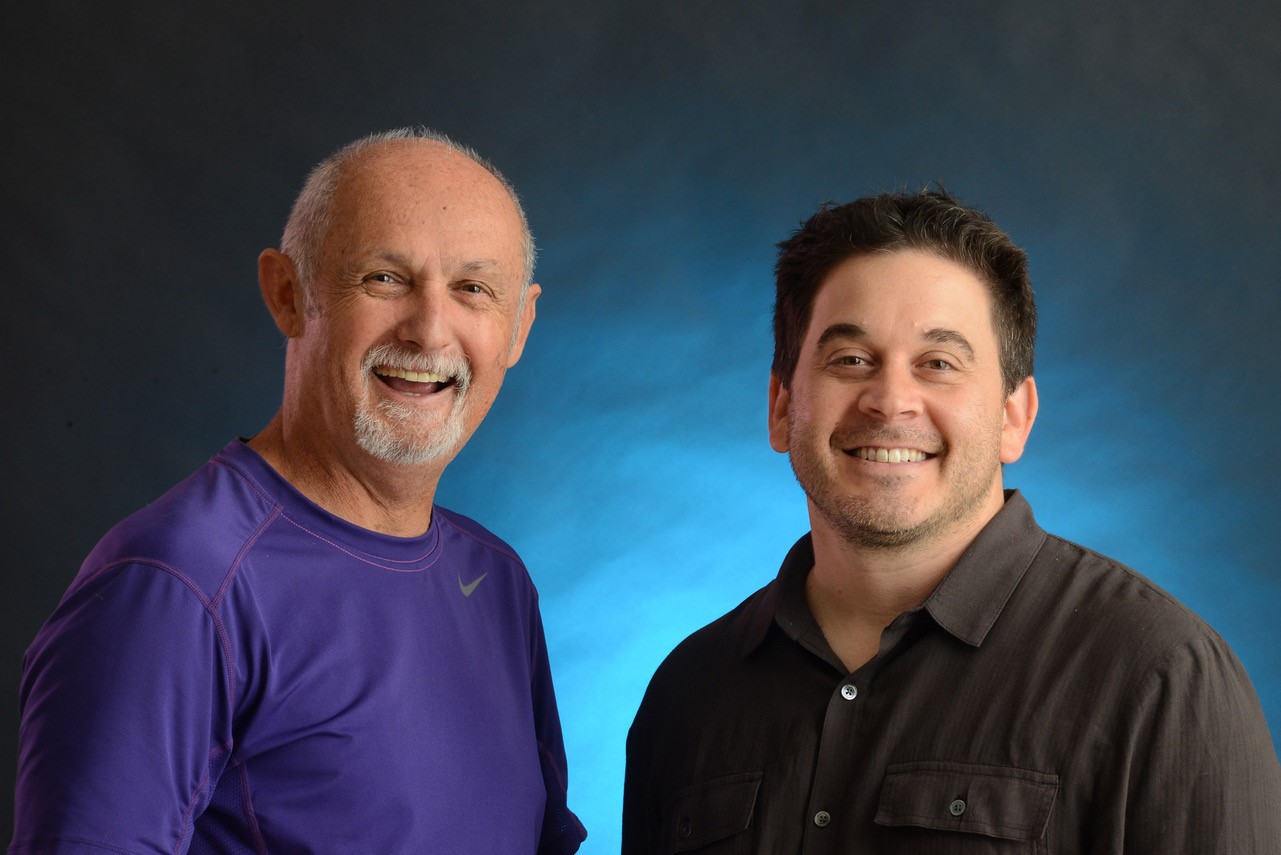
Marking his last film before taking a well-deserved retirement, music/effects re-recording mixer Landaker has worked on several of Dunkirk director Christopher Nolan’s offerings, including Interstellar (2014) and The Dark Knight Rises (2012). “We were aware that Chris wanted to honor a historical dimension for the Dunkirk soundtrack, and maintain a seamless continuity across the three time lines that the film encompasses,” he recalls. “Chris also wanted us to remain spontaneous during the mix — to work off our instincts and not over-rehearse our moves.
“We would run a reel in real time and block out its shape; during subsequent passes we would work on polishing those initial moves,” Landaker continues. “After six weeks, we had it nailed; kudos to our supervising sound editor, Richard King, and supervising music editor, Alex Gibson, for providing so many great elements.” Landaker has been Academy-nominated a total of nine times, and won Oscars for Speed (1994), Raiders of the Lost Ark (1981) and The Empire Strikes Back (1980).
“We blended together the music and sound effects so that you cannot tell them apart,” he explains. “We didn’t have a giant orchestral score for Dunkirk, because Chris wanted it to be part of the sound design. During the opening chase sequence, for example, we use drumbeats to mimic heart beats, with the implication being: ‘Breathe…you are okay.’ And for the plane sequences, we blended sound effects that we then muted to leave the music to play the emotional card. We also had realistic rattles for the Spitfire aircraft interiors, and augmented the camera shake with vocal quivering on the production dialogue tracks.”

To emphasis the soundtrack’s wide dynamic range, Landaker created holes before large level excursions. “I would pull back the track for a few frames prior to a giant explosion,” he states,” so that the audience experiences the shock value: silence, then a bang! Chris has an extremely keen ear; he knew what we were doing scene-to-scene and was offering regular feedback as the mix progressed.” The 5.1-channel soundtrack was re-recorded at Warner Bros. Sound Services Stage 9 in Burbank.
Dialogue re-recording mixer Rizzo considers Dunkirk to be a breathtaking survival film. “Literally, it takes your breath away,” he says. “Realizing the soundtrack required the utilization of all of our crafts. We were looking for the breath of the film, selecting dialogue, music and sound effects to underscore its heartbeat, and not relying solely on rhythm or volume. The film was incredibly well orchestrated, timed and choreographed by Christopher Nolan, who wanted to control the audience’s adrenaline level. We needed to hijack their cardiovascular systems with a physical impact at just the right time — to make their blood pressure rise and leave them breathless. I have never worked with a director like Chris, in terms of coordinating all these capabilities.” Rizzo has been involved with all of the director’s films since Batman Begins (2005); he has been Oscar-nominated five times, and won for Inception (2010).
All accents performed by the actors in Dunkirk are authentic, the dialogue re-recording mixer confirms. “We were also faced with Spitfire pilot Tom Hardy in a mask” — recalling the intricate work needed to clean up the same actor’s lines for Nolan’s film, The Dark Knight Rises (2012) — “but all his lines are synchronous production recordings,” Rizzo says. “We spent a lot of time on those tracks, because Chris appreciated their authenticity, as we did for actor Jack Lowden, who played the other pilot, Collins. I can literally count on one hand the number of ADR lines in the film. We salvaged everything we could, whereas on other films we would have looped so much more. Chris will use phrases like: ‘I’m not feeling the weight,’ or ‘I’m holding my breath too long.’ He likes to work you to the maximum; he really does up your A Game!”
In addition to serving as sound designer and co-supervising sound editor on writer/director Rian Johnson’s Star Wars: The Last Jedi, Klyce also handled music re-recording at Skywalker Sound’s Akira Kurosawa Stage. “Our brief was to retain the basic feel of a previous episode in the continuing saga —Star Wars: The Force Awakens (2015) — and create characteristic sounds for the new characters and technologies. For example, what would the Force Connection — enabling long-distance conversations between Rey [Daisy Ridley] and Kylo Ren [Adam Driver] — sound like? We developed a basic 5.1-channel mix with our director and the picture editor, Bob Ducsay, from which we moved toward the final result.” Including these current outings, Klyce has been nominated for five Academy Awards.

“The music score from John Williams is very intricate,” the re-recording mixer explains. “I had the opportunity to attend orchestral sessions at the Sony Scoring Stage, and get an advanced handle on the complex phrases and themes that inform the film’s characters, emotions and overall story arcs. Since Rian Johnson had given John Williams a year to prepare the score, he could create an entire canvas with plenty of nuances. Rian knew what he wanted the music to say at specific moments. And the 9.1-channel pre-mixes that were supplied by score producer Shawn Murphy as two 48-track Pro Tools sessions laid it all out for me, with panning and volume envelopes; he captured fabulous recordings with his primary Decca Tree mic layout and spot channels. The choir arrived as a separate Pro Tools session and, for key scenes, were assigned [as objects] to the Atmos ceiling channels.”
Sound effects re-recording mixer Semanick also pre-dubbed material to a 9.1-channel bed, with selected elements assigned as Atmos objects. “Rian wanted us to create a highly dynamic track but not assault or wear down the audience,” he reveals. “This is a very busy film, and so we didn’t want to just fill up the soundtrack. Rian had already built dynamics into the story line with picture edits. But we also had softer scenes where we needed to get down with the characters, like the intimate Force Connects sequence, with just breaths. It was a highly collaborative effort; what worked stayed on the soundtrack.” Semanick has been Academy-nominated a total of 10 times, and won Oscars for King Kong (2005) and The Lord of the Rings: The Return of the King (2003).
In some key Force Connects scenes, the soundtrack was reduced to a low level to draw the audience into key characters. “We kept those sequences quiet to pull the audience into the conversations between Rey and Kylo Ren,” Semanick explains. “But achieving the balances between music, sound effects and dialogue was big challenge without getting bombastic. Rian would tell us, ‘That’s good, but what about this?’ He retained that overall objective throughout the project, telling [dialogue re-recording mixer] David Parker, ‘Don’t force that line,’ or ‘Reduce the levels with a gap.’ I would also shift backgrounds as the camera moved [to retain perspective] and to track changes left and right. Sometimes, I would drop the backgrounds altogether if they impacted the audience’s attention, and leave music and dialogue to make the track as clear as possible.” Parker has been Oscar-nominated a total of nine times, and won awards for The Bourne Ultimatum (2007) and The English Patient (1996).
“My favorite scene occurs maybe three-quarters of the way through the film, as a ship transitions into hyperspace,” Semanick concludes. “Rian’s vision was that at that climatic moment, with its strong visuals, we should pull out all the sound except for a deep space tone. The audience reacts loudly, with a reactive gasp after those 15 to 20 seconds of dead track. In that way, the audience’s reaction becomes part of the soundtrack as time stands still.”



